















|
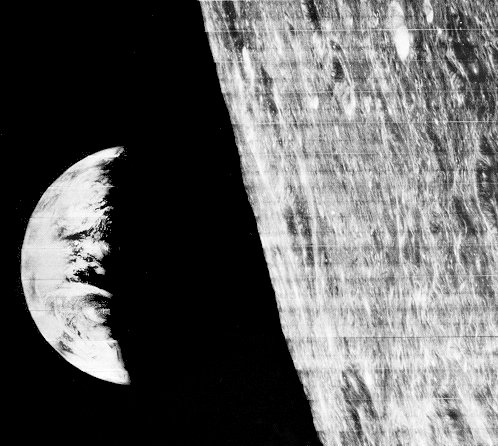
|
| Our first look at Earth rise over the eastern rim of the Moon was radioed back by Lunar Orbiter I on August 23,1966. At the moment this picture was shot, the spacecraft was flying 730 miles above the lunar far side. The photo gave man a disarming view of his own world. But the sweep of tortured lunar surface revealed in the Orbiter pictures was a dramatic preview of the unearthly realm that the Apollo astronauts would soon see. |
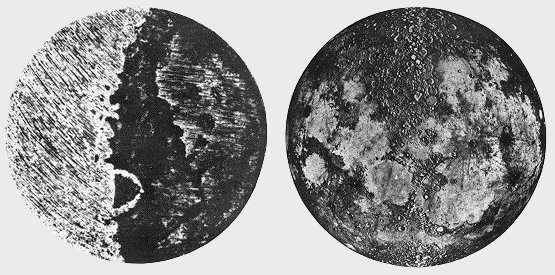
|
| Galileo drew the Moon in 1610 and described its surface as "uneven, rough, replete with cavities and packed with protruding eminences." While a correct description, his details are unrecognizable now. | Harold Urey enhanced our view of the lunar surface by creating this montage made from segments of Lick Observatory photos taken when the Sun angle was low so that shadows emphasized relief. |
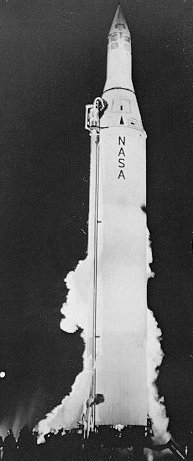 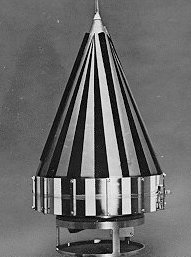
|
| A Juno II launch vehicle was made up of an Army Ballistic Missile Agency's modified Jupiter first stage with a spin-stabilized solid-rocket upper stage developed by the Jet Propulsion Laboratory. JPL also developed the 13.4-lb Pioneer IV payload (right). Launched March 3, 1959, it helped detect and measure the second of the Earth's great radiation belts. |
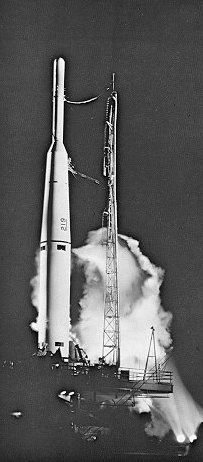 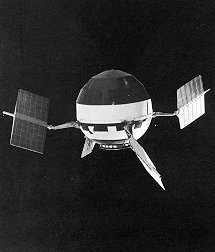
|
| The Thor-Able, with more advanced upper stages, propelled the 94.4-lb Pioneer V spacecraft to escape velocity on March 11, 1960. The instrumentation of this payload (right) measured the Earth's outer magnetosphere, detected an interplanetary magnetic field, helped explain the effect of solar flares on cosmic rays, and first detected the plasma clouds emitted by the Sun during solar storms. But it told nothing new about the Moon. |
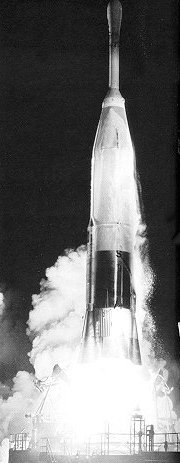 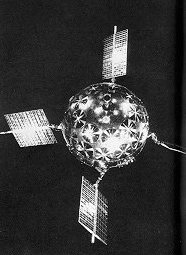
|
| An unsuccessful effort to orbit the Moon was made with the Atlas-Able launch vehicle (left) and the P-31 spacecraft (right). The launch vehicle was capable of injecting 380 lb into a translunar trajectory. The 39-in. spacecraft carried two 18.5-lb-thrust liquid-propellant engines for flight-path corrections and injection into lunar orbit. |


